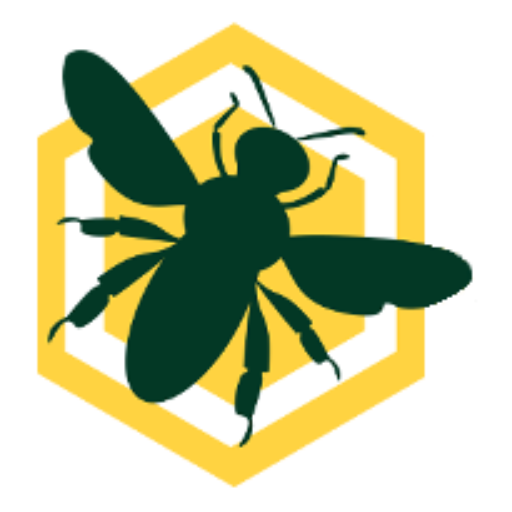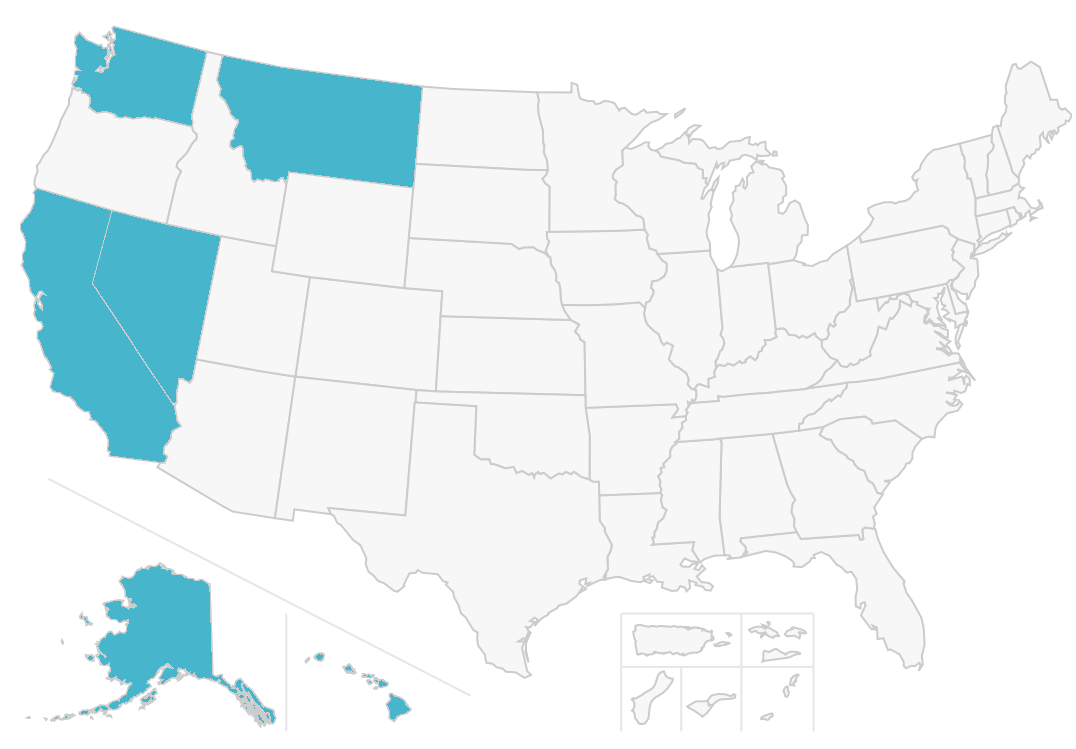The USDA APHIS National Honey Bee Pests and Disease Survey actively surveils the national honey bee population for many pests and diseases. The viruses that we target each year are carefully selected to best respond to what scientists and researchers view as emerging threats – either new viruses or variants of previous viruses that may have become more virulent.
The Moku virus is one of the newer viruses we have been following. The Moku virus was first found in Hawaii in 2012 in populations of wasps (Vespa pensylvanica), honey bees, and Varroa mites (1). More recently, it has been found in Asian hornets (Vespa velutina) and honey bees in Belgium (2). The virulence of Moku virus is currently not known, but levels observed in honey bees from Hawaii and Belgium were generally 1000-fold lower than those observed in co-occurring wasps, suggesting that it is not usually very virulent in honey bees.
The virus is part of the Iflaviridae family, which contains Deformed wing virus (DWV), Sacbrood virus (SBV), and Slow bee paralysis virus (SBPV). Slow bee paralysis virus is most closely related. Similar to SBPV, Moku virus is not thought to be a honey bee virus. Rather, it has another natural host—Vespa for Moku virus, and bumblebees for SBPV (3).
Moku virus results from the USDA APHIS survey:
- HI Samples taken at random (n=33) from previous survey years were screened for the Moku virus, and 4 of those samples were positive. These include two samples collected in 2014 and one each for 2015 and 2017.
- Beginning in June 2018, APHIS NHBS started to check for Moku virus in all pathogen samples. For that year, one sample from Alaska tested positive (n=718).
- Two samples from continental US tested positive for Moku virus in 2019 (n=768)—one from Nevada and one from Washington.
- In 2020, three samples tested positive for Moku virus (n=700)—one each from California, Hawaii, and Montana.
- All positive tests were just above the qPCR detection threshold, indicating a latent infection or conceivably a non-viable virus collected with pollen or nectar rather than an active infection. This latter possibility is in keeping with the growing belief that Moku virus is a wasp virus that occasionally is found in bee populations.

To view this data and other pathogens screened by the NHBDS, visit https://research.beeinformed.org/state_reports/viruses/ and select the year and pathogen in the options below the map.
In summary:
Initial screening identified the presence of Moku virus in managed honey bee colonies in the Continental US. However, given the low viral loads detected, there is currently insufficient information to confirm that Moku virus is actively infecting (e.g. replicating in) honey bees. There is no evidence that this virus has serious impacts on honey bees in locations where it has been previously detected (e.g. Hawaii and Belgium). Detecting this virus at such low levels and such a low incident rate is reassuring in that the NHBDS is working as it should – detecting and providing initial risk assessment when novel viruses are surveyed.
References
1. G. J. Mordecai et al., Moku virus; a new Iflavirus found in wasps, honey bees and Varroa. Scientific Reports 6, 34983 (2016).
2. M. Garigliany, N. El Agrebi, M. Franssen, L. Hautier, C. Saegerman, Moku virus detection in honey bees, Belgium, 2018. Transboundary and Emerging Diseases 66, 43-46 (2019).
3. D. P. McMahon et al., A sting in the spit: widespread cross-infection of multiple RNA viruses across wild and managed bees. Journal of Animal Ecology 84, 615-624 (2015).

